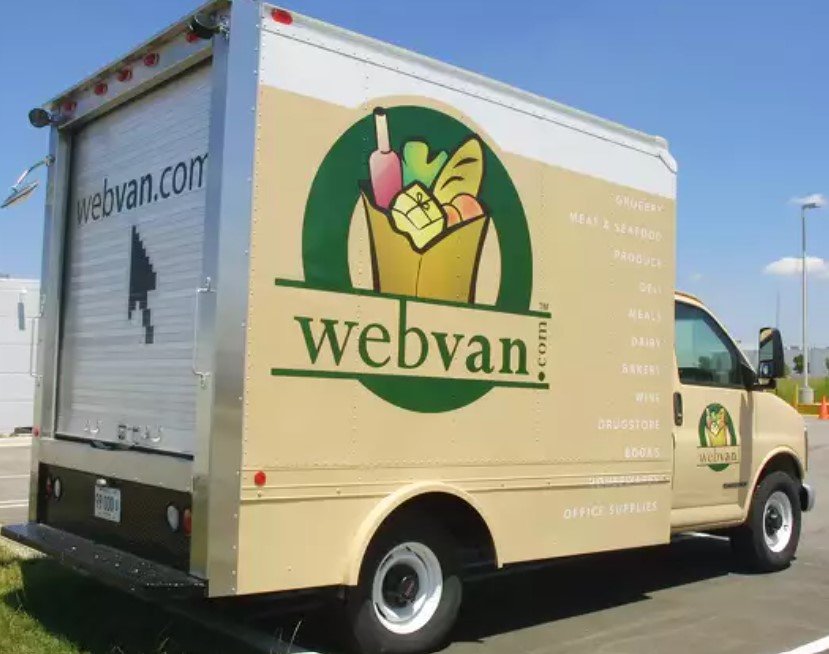Startup Burn Rate: Simmer or Meteor?
It's the big discussion topic in the valley right now - should a startup make its investor money last as long as possible - or burn it fast to win the startup competitor "land grab"?
Last week, I met with an entrepreneur that was named a finalist in a corporate competition, earning $50,000 of funding along with an invitation to a final round of competition in two months. As he discussed his plans to spend the money in this relatively short time frame, I found myself advising him to forget the contest, and instead, focus on making this $50,000 last as long as possible to build his company. Just 18 months ago, I gave the opposite advice - I worked within a startup that just raised its Series “A”, and I pushed hard to put our new resources to use to perform multiple, parallel market experiments, while our CEO preferred to be more spend-thrift, making sure our new funding would last as long as possible. Certainly, my advice to one of these startups must have been wrong, but which one? What is the general rule for how fast a startup should spend its money?
The notion of a startup’s “burn rate”, i.e. the rate at which it spends (or “burns”) investor money has recently gained some media attention, as venture investor Marc Andreessen tweeted that:
New founders in last 10 years have ONLY been in environment where money is always easy to raise at higher valuations. THAT WILL NOT LAST.
When the market turns, and it will turn, we will find out who has been swimming without trunks on: many high burn rate co's will VAPORIZE.
Worry.
I certainly agree with him – too many companies valued at $1B or more are spending money on offices and perks as if they have "made it", yet they are still unprofitable – they are just spending investor capital! Does this advice hold true for startups in the earlier stages? Yes and no.
Spending Wisely
Early stage (Seed stage) startups should only spend money for specific expertise that does not exist within the founding team. This includes hiring special engineering talent as well as designers. All spending focus should be product related. Little to no money should be spent on such tasks as administration, office space, marketing, or business management. Employee salaries should also be minimal - the key motivation for joining an early stage startup should be the excitement about the team and the idea, as well its future potential – not current cash earnings.
Once a venture round is completed (Series A), the startup can afford to look beyond the first product – and focus on building a company. This means increasing the burn rate to do some brand building (marketing) and start building a more professional employee team (higher salaries, less equity). Some administration costs will be incurred as well, but most can still be outsourced and performed on a part-time basis. At this stage, it’s ok to pay for office space – but it should be modest. Some entrepreneurs celebrate when they receive their first venture round – they “made it”. Remember, you haven’t “made It” until you can sustain profits!!!
The Burn Rate – Can It Be Too Slow?
So when the money comes in, what’s wrong with being spend-thrift, to make it last as long as possible? One issue may be your company’s speed of execution compared to the competition. What good is the fact that you still have half of your original funding after a year of running your business, when another startup in your space introduced twice as many products and is selling in more markets? Which of these two startups will get a higher valuation for their Series B?
Another issue is the consequence of planning for failure vs. success. A spendthrift approach may have its root in assuming the worst-case scenario, i.e. the next funding event may not ever happen, so it’s best to stretch the time horizon in order survive as long as possible. What is the likely outcome of this approach? My prediction is that in two years, your startup will likely look exactly the same as it does now – still struggling. The other approach is to plan for success. Assume that in the next twelve months you will have figured out your product/market fit and are well on your way to scaling globally. If you spend commensurate with this expectation, you start the process of building out a management team that can scale with the company – and you place some bets in marketing & sales to prove (or disprove) your hypotheses on how to scale revenue. What is the likely outcome of this approach? Well, either you succeed and now are perfectly positioned to scale rapidly – or you run out of money, and your startup fails. But think about it – is failure really such a bad thing? After all, the mantra here in Silicon Valley is “Fail Fast” – so why *not* let the startup fail, and spend your time and talent on the next, hopefully better, idea?
Hedging Your Bets
There are a few ways you can hedge your bets by adopting a hybrid approach. While initial burn rates should support a speed of execution rate equal or better than the competition as well as a plan for success, progress against this vision should be carefully and regularly measured. If a startup’s progress fails to meet expectations, either due to unexpected technical or sales challenges, the burn rate can be drastically decreased while the founding team reorganizes for a major pivot.
Your Investors Provide the Guidance
Ultimately, the optimal burn rate for your startup is quite easy to determine – just refer to the financial model and operational plan you submitted to your investors. While these plans are known to be inaccurate at their inception, they provide a glimpse of the original thesis your startup set out to prove, along with the necessary expenses. This is what your investors got excited about and why they wrote the check. They want you to prove (or disprove) the thesis and spend their money in the time frame allotted. Noam Wasserman’s book “The Founder’s Dilemmas” describes a key dilemma faced by most founders – do they want to be King (i.e. stay in control of their company) or Rich (i.e. be prepared to give up control, but in the process make everyone rich)? If your spending is too slow, you are choosing to be King – and in the process, you may actually be decreasing your future potential for wealth – both for you – and your investors.
Be the Meteor!
So I conclude that my advice to the entrepreneur last week was wrong. Go ahead, spend the $50,000 over the next two months and put your best shot forward, with a chance to be the contest winner and earn additional funding. As a corporate finalist, you already have the attention of many potential customers and investors. Now is the time to shine like a meteor! Two months from now? Well, either you will be a real company with successful Seed funding – or, it’s time for plan B. As Yoda once said, “Do. Or do not. There is no try.”
More from the Hill88 Blog:




















